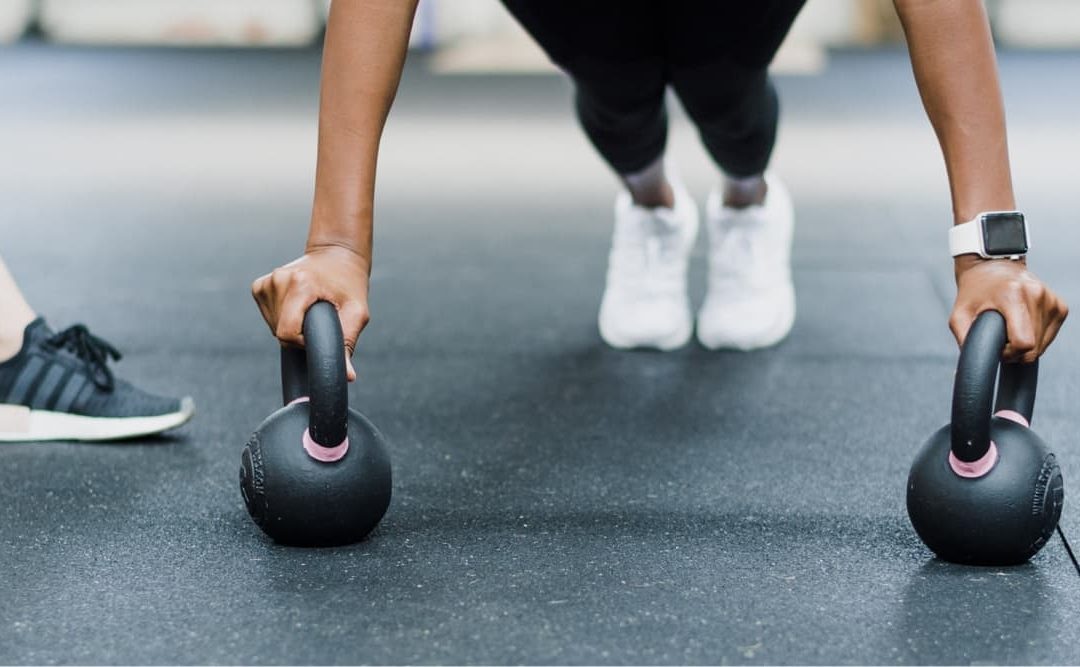Master the Push-Up by Starting Easier and Getting Stronger
If you’re getting started with strength training in Bristol and press-ups feel impossible, shaky, or just not happening — you’re not the problem.
Most people simply start with a version that’s too hard for their current strength level. A standard floor press-up loads roughly 64–75% of your bodyweight. If you weigh 80 kg, that’s like pressing 50–60 kg with your chest, shoulders, and triceps — a big ask on day one.
When you struggle at the wrong level, motivation drops fast. The fix is simple: start easier, build confidence, and progress in small steps.
The Press-Up Progression Ladder (with Bodyweight Percentages)
Pick a level where you can perform 6–10 clean reps. When you can hit the top of the rep range with solid form, move to the next level.
| Variation | Approx % Bodyweight | Why It Helps |
|---|---|---|
| Wall Press-Ups | ~15–20% | Safest, most beginner-friendly entry. Builds confidence and groove. |
| High Incline Press-Ups (worktop / high bar) | ~35–45% | First genuine strength step while keeping the full-body plank shape. |
| Mid Incline Press-Ups (bench height) | ~50–60% | Bridges the gap towards the floor without losing form. |
| Low Incline Press-Ups (step/low bar) | ~60% | Final stop before full floor reps. Teaches tight body alignment. |
| Negative (Eccentric) Press-Ups — slow lower only | ~64–75% on the way down | Builds control and strength where it matters most. |
| Full Press-Ups (hands and feet on floor) | ~64–75% | The classic. Strong, stable, repeatable reps. |
Coach’s note: Kneeling press-ups can be useful as a very gentle entry point, but they change the mechanics and reduce core demand. Incline versions carry over to full press-ups more effectively because your body stays in the same straight-line “plank plus push” position.
The Press-Up Is a Plank First
A great press-up is a moving plank. If your core can’t stay tight, hips sag, backs arch, and reps feel much harder than they need to. That’s why we train core stability alongside pressing.
Core Drills That Transfer Directly to Press-Ups
- Forearm Plank — first step, learn to hold a straight line.
- High Plank (hands) — same body position as a full press-up.
- Incline Plank — matches your current incline level.
- Scap Push-Ups — teach shoulder blade control and stability.
- Slow Mountain Climbers — anti-rotation core strength.
- Plank Weight Shifts — learn to keep tension as you move.
Coaching cue: “Squeeze your legs and glutes, brace your abs, keep your ribs down. Be a board first, then push.”
Try This Beginner Press-Up + Core Routine
Complete 3 rounds:
- 6–10 reps of your current incline press-up level
- 20–30 seconds high plank
- Rest 60–90 seconds
When you can hit the top of the rep range with control, lower the incline a little next session. Small wins add up fast.
Build Strength the Right Way — Join Our Bristol Class
If you want coaching, accountability, and a supportive group that helps you progress safely and consistently, come and train with us.
Wednesdays — 7:00pm (South Bristol, first one free)
Join the Wednesday Kettlebell Strength Class
No ego. No intimidation. Just effective coaching, smart progressions, and results you can feel.

